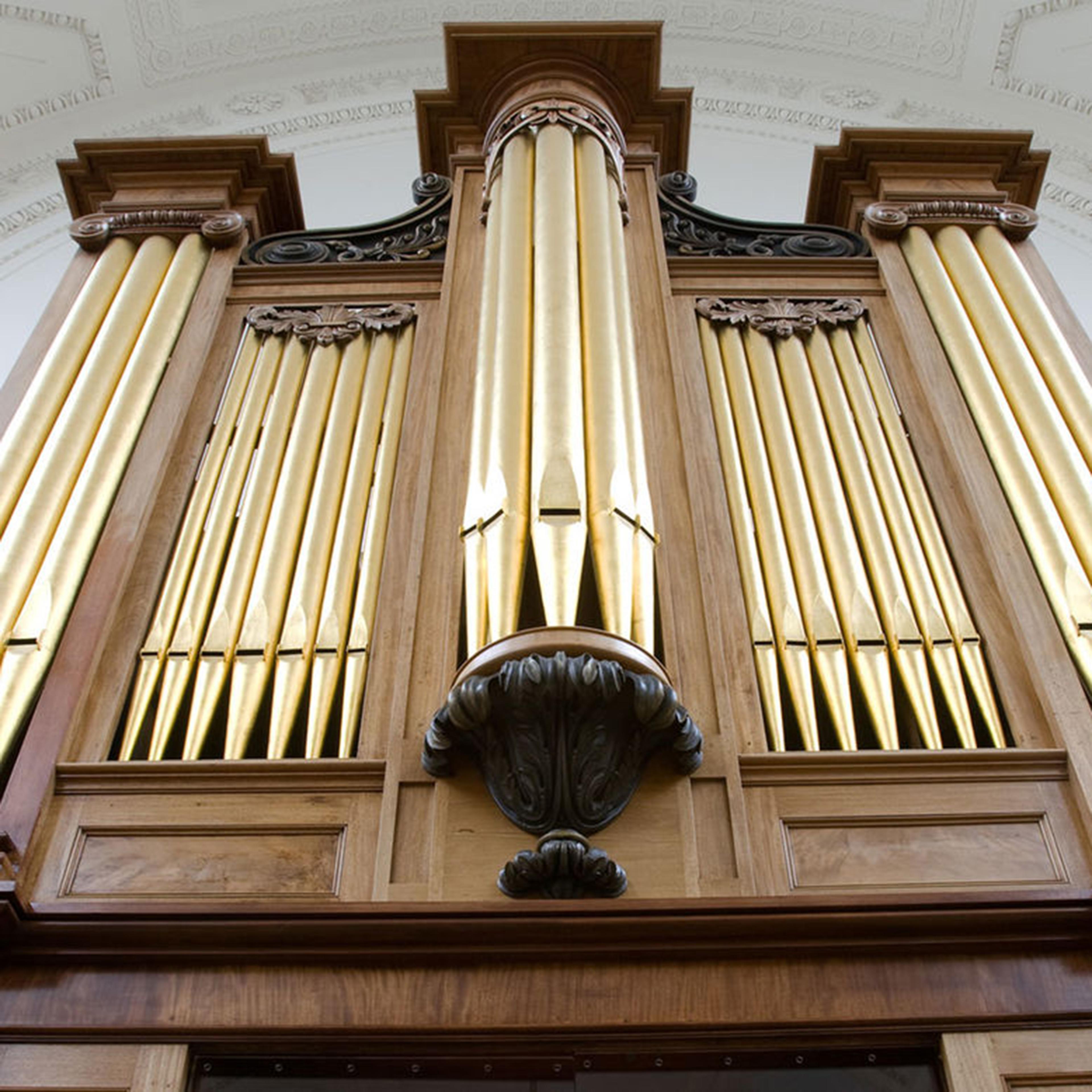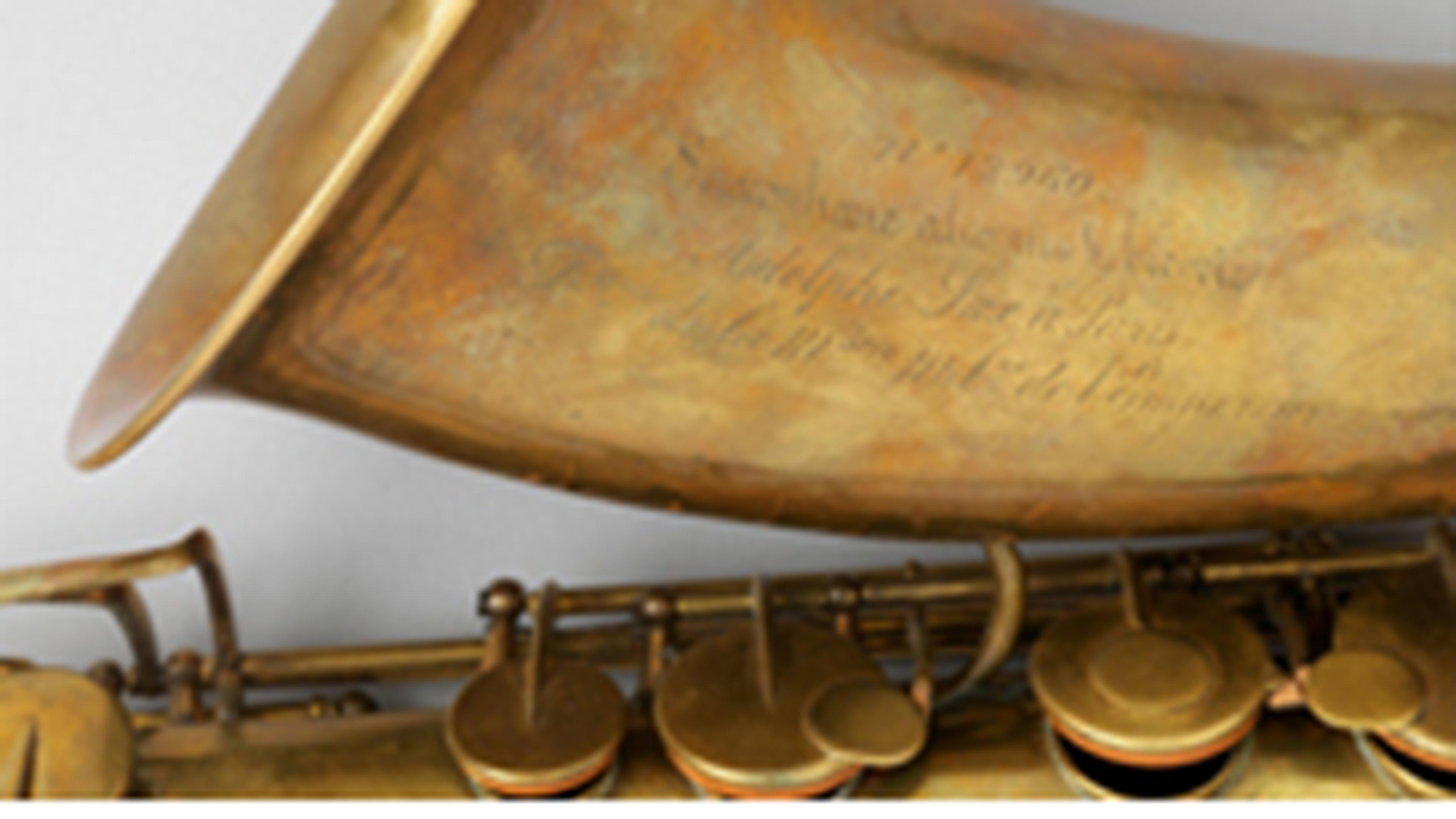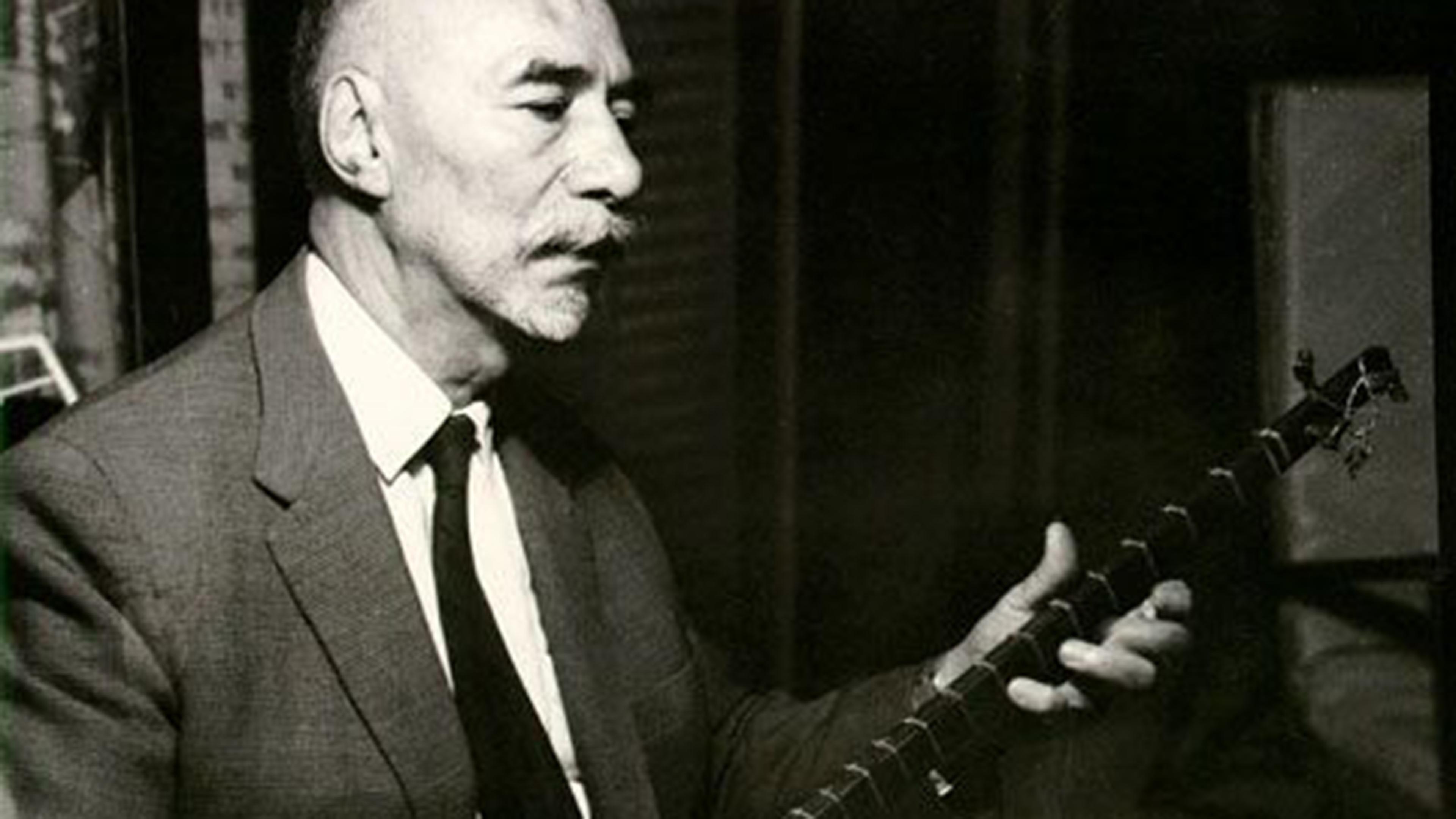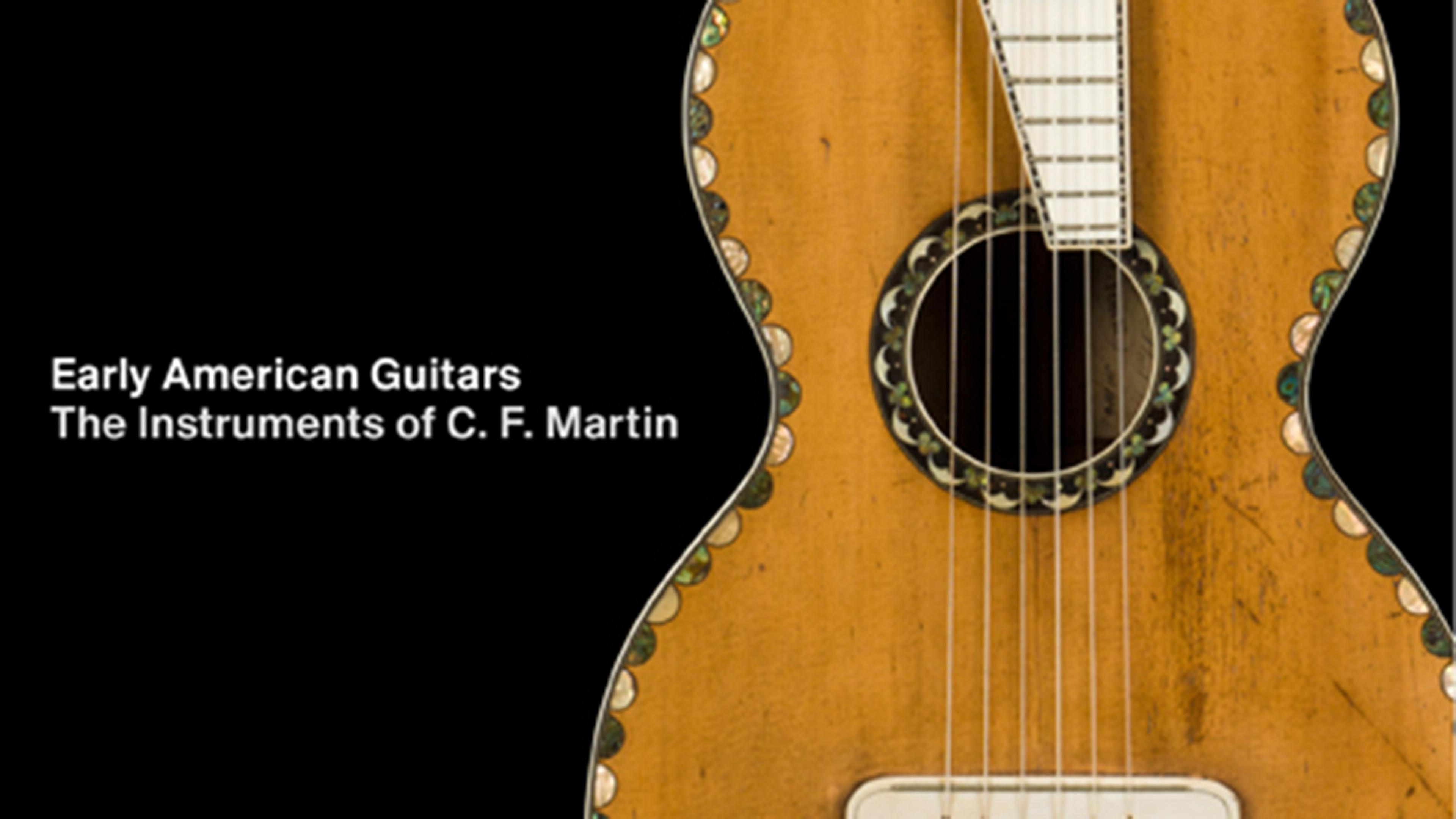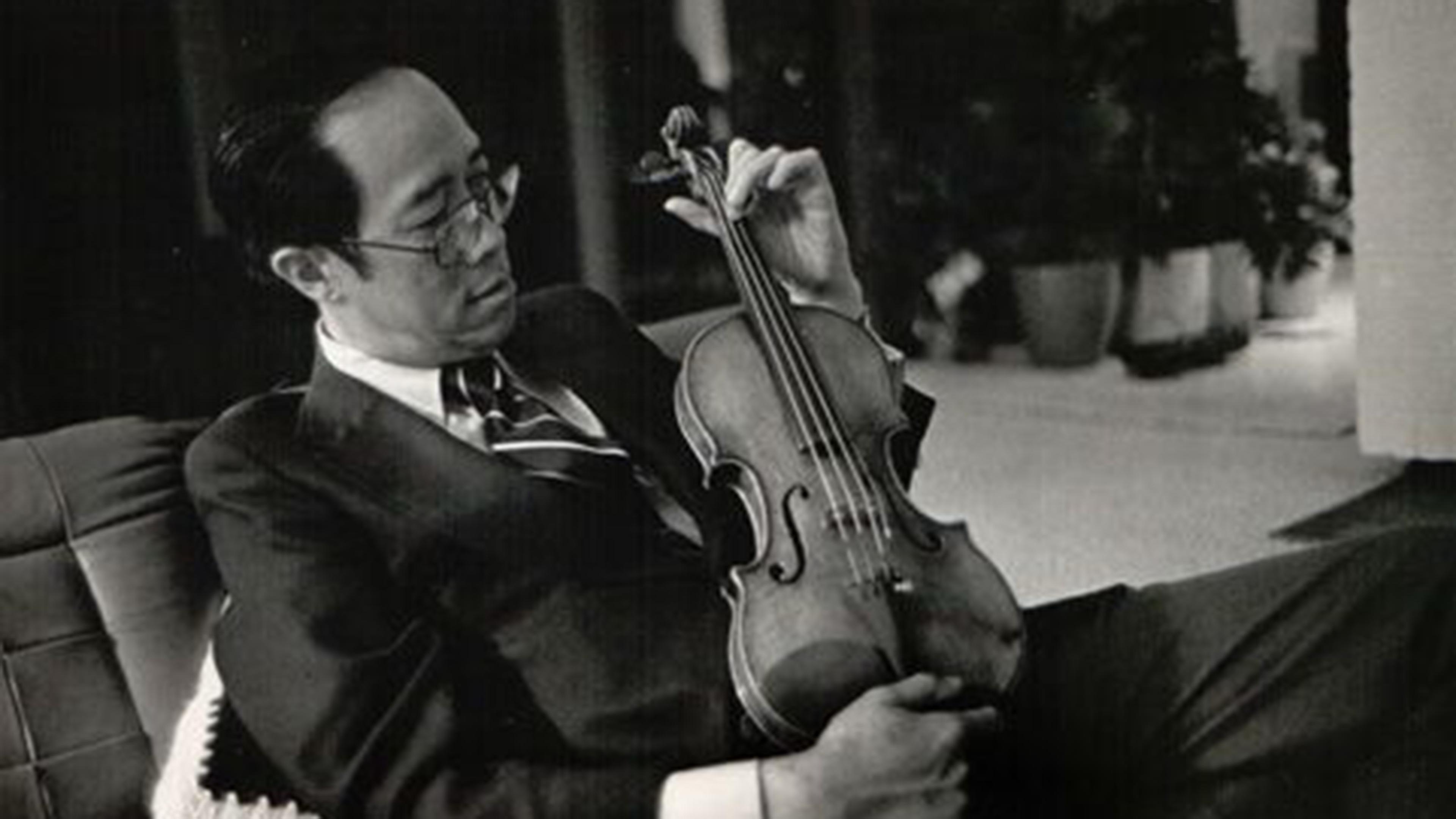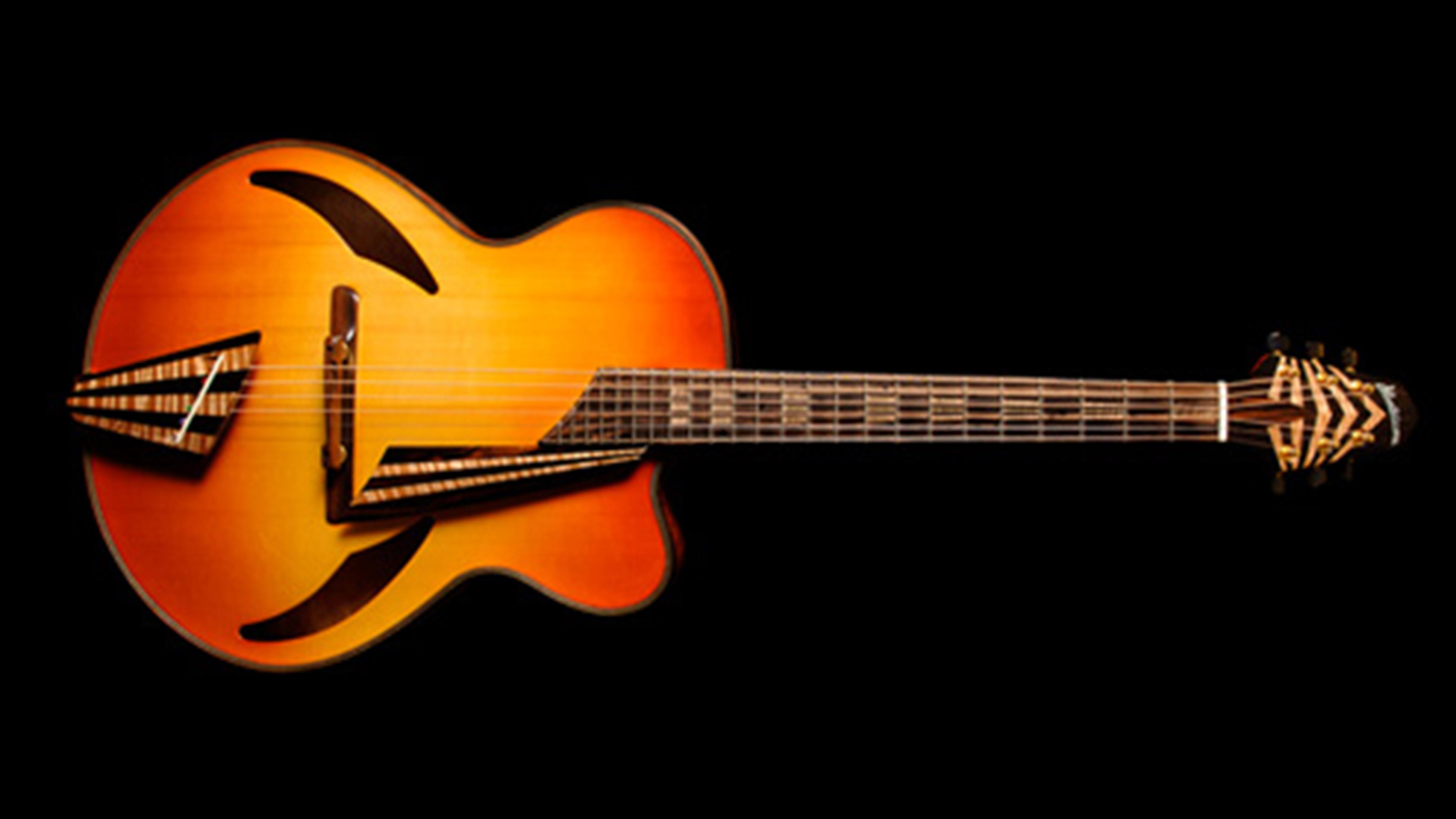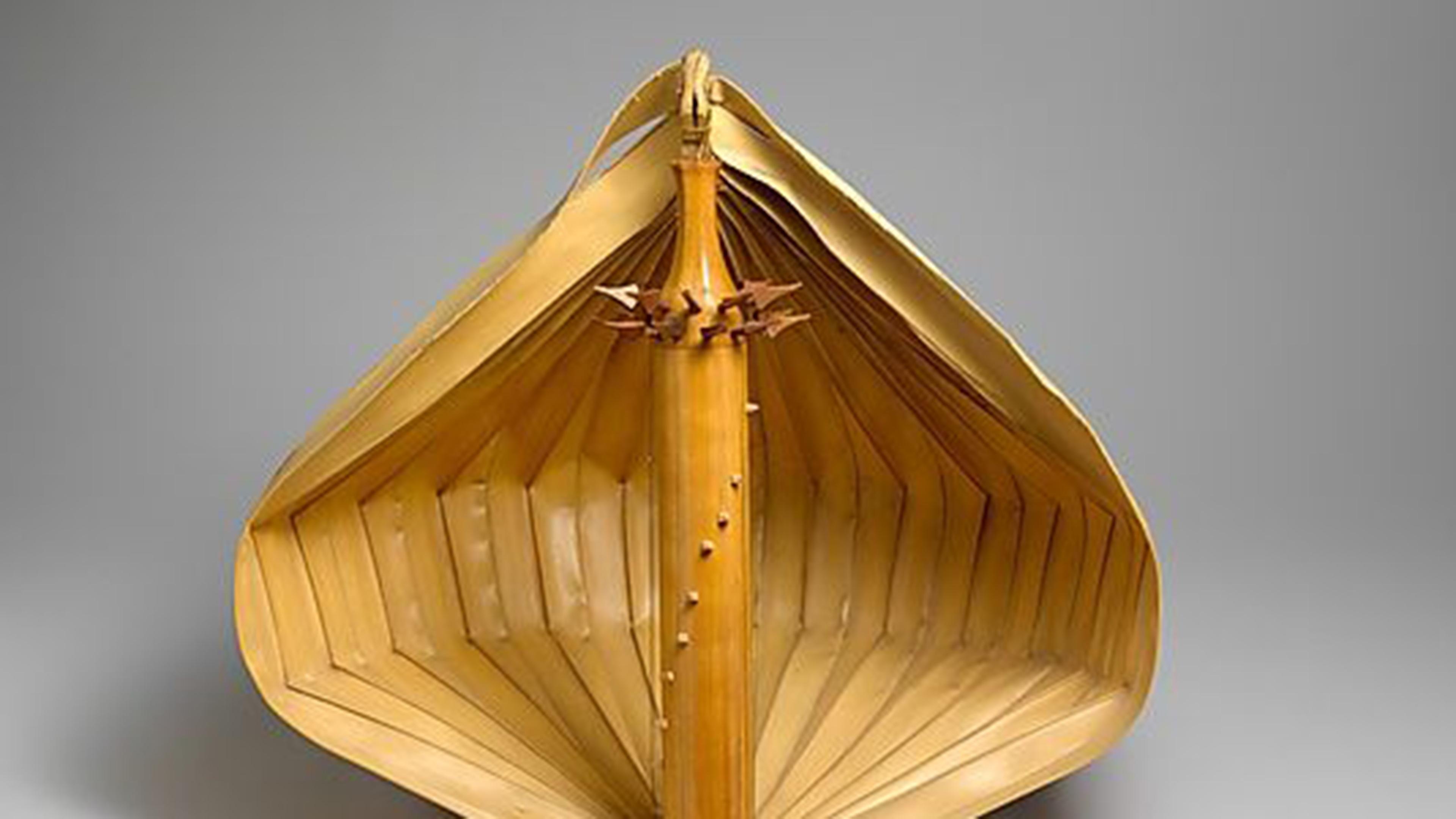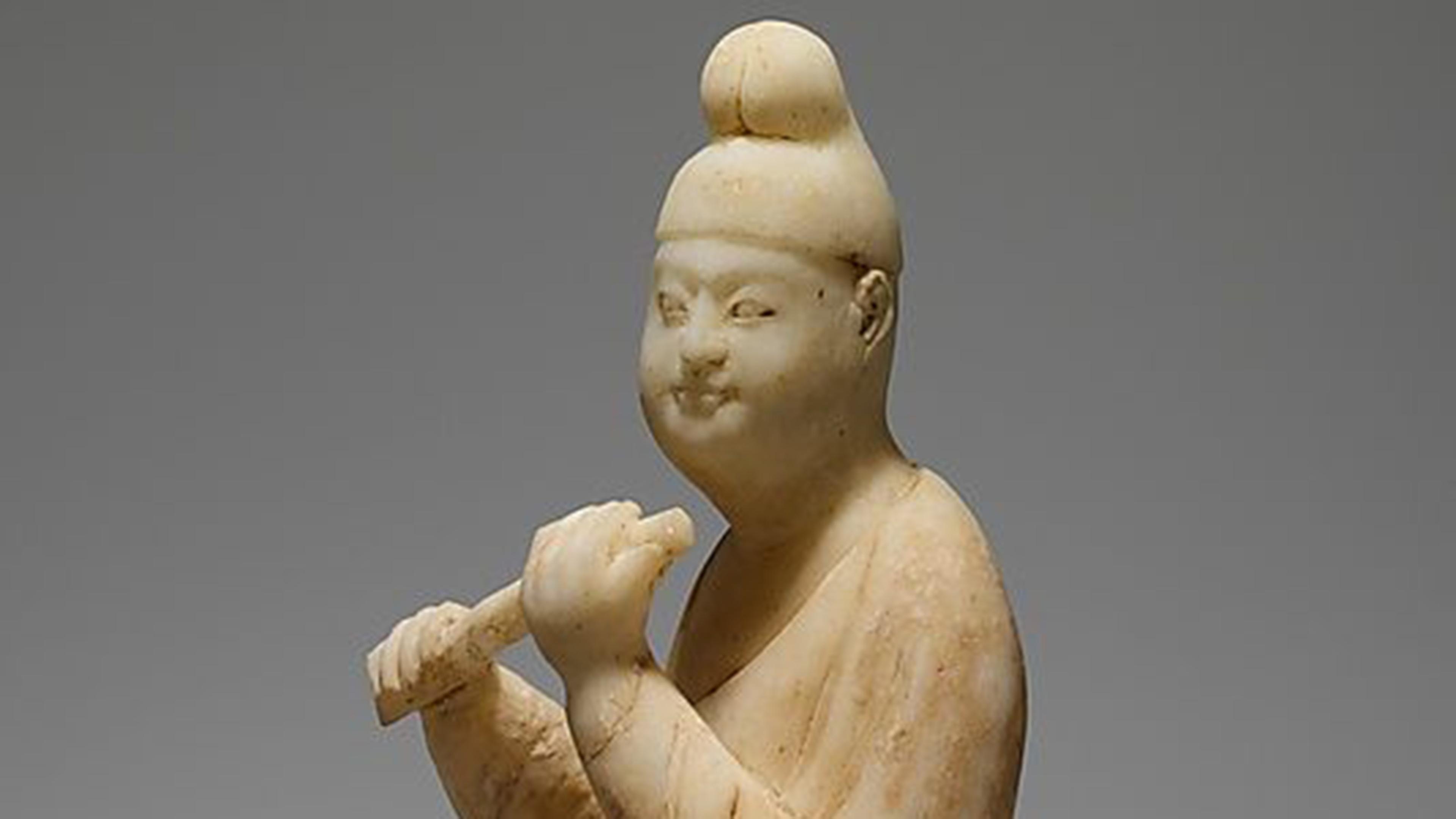
Musical Instruments
About Us
The Museum's collection of musical instruments includes approximately five thousand examples from six continents and the Pacific Islands, dating from about 300 BCE to the present. It illustrates the development of musical instruments from all cultures and eras. Selected for their technical and social importance as well as for their tonal and visual beauty, the instruments may be understood in a number of ways: as art objects, as ethnographic record, and as documents of the history of music and performance.
The Metropolitan Museum of Art has included musical instruments in its collection since soon after it was founded. The Luigi Palma di Cesnola collection of antiquities included many ancient instruments when it entered the Museum in 1880. Museum trustee Joseph Drexel later donated forty-four mostly European instruments, and personally installed them himself, in 1885.
In 1889, Mary Elizabeth Adams Brown gave a collection of more than 270 instruments with the provision that she be allowed to continue to collect for the Museum. Over the next three decades, she built one of the most important collections found anywhere in the world. By the time of her death in 1918, the Museum was home to more than 3,600 instruments that represented cultures from across the globe and throughout human history.
To care for this growing collection, Brown insisted that the Museum hire her personal assistant, Frances Morris. Beginning as a part-time employee in 1896, Morris eventually became a full-time curator in charge of the entire collection. One of the first women employed at the Museum, she was in charge of the daily operations of the collection, as well as publishing articles, giving tours, and presenting public lectures and broadcasts. After Morris left the Museum in 1929, the musical instrument galleries were closed to the public.
In the 1930s, the eminent German musicologist Curt Sachs came to New York to escape Nazi Germany. Regarded as one of the founders of the modern field of organology—the study of musical instruments— Sachs taught at NYU and worked for the New York Public Library. He also advised The Met about the care, restoration, and performance use of the collection.
In 1941, the Museum hired Emanuel Winternitz, a Viennese scholar, to be a fulltime caretaker for the collection. His activities—including tours, exhibitions, publications, and concerts—raised the profile of the collection. In 1949, Winternitz became a curator and the Department of Musical Instruments became a formal curatorial department. In 1971, The André Mertens Galleries for Musical Instruments was opened as a permanent gallery space for the Museum's outstanding collection.
Today, the collection is housed in beautifully renovated galleries that reopened in 2019. The Department actively presents exhibitions, public lectures, concerts, and, additionally, regularly records performances on instruments from the collection. More than seventy audio and video performances can be accessed by visitors on a special audio guide available in the galleries or on the Museum's website.
For a more detailed history of the department, please read Rebecca Lindsey's article A Harmonious Ensemble: Musical Instruments at the Metropolitan Museum, 1884–2014 (PDF).
After undergoing a four year renovation, The André Mertens Galleries for Musical Instruments reopened in February of 2019. The new galleries feature more than six hundred musical instruments displayed in more than 13,000 square feet of exhibition space. Our new "Art of Music" narrative unfolds in two large galleries: The Art of Music through Time and Mapping the Art of Music. These galleries present instruments from across time and around the world next to each other revealing commonalities in their creation and function. These exhibits illustrate the creativity, artistry, and ingenuity that unite humanity irrespective of geographic boundaries.
Among the treasures on display are the oldest extant piano, by Bartolomeo Cristofori (Florence, 1720); a Ming dynasty pipa decorated with ivory plaques; an important American pipe organ, by Thomas Appleton (Boston, 1830); Persian instruments decorated with micro-mosaic inlays; violins by Antonio Stradivari; carved drums from throughout Sub-Saharan Africa; instruments used by important musicians such as Andrés Segovia, Benny Goodman, Ostad Elahi, Udi Hrant; and more.
The special nature of a collection of musical instruments requires a balance between the imperatives of conservation and those of interpretation, publication, teaching, and performance. Many of the instruments are playable and can be heard in concerts and on recordings, as well as in lecture-demonstrations by leading musicians that are offered periodically throughout the year. Videos featuring instruments from the collection and other special performances can be viewed on our website and on the Museum's social media channels. A special audio guide provides many of these excerpts as well as additional audio examples.
The Met Receives Landmark Gift of More Than 500 American Guitars
With this collection of the more than 500 of the finest guitars from the Golden Age of American Guitar Making, the Museum will become an epicenter for the celebration and study of this iconic instrument.
Art
Articles, Audio, and Video
Featured
The Latest
Power of the Pipa
- Video
Gershwin: Lullaby for String Quartet (Catalyst Quartet) | MetLiveArts
- Immaterial | Audio
Immaterial: Wood
- Video
Jessie Montgomery: Strum (Catalyst Quartet) | MetLiveArts
- Video
Cécile McLorin Salvant at The Met Cloisters: Dame Iseut
- Video
Cécile McLorin Salvant at The Met Cloisters: D’un feu secret
Research
Trace the history of the Department of Musical Instruments through this comprehensive account of the people, performances, and instruments that have made the department what it is today.
A Chinese celebration in conjunction with the exhibition Eccentric Visions: The Worlds of Luo Ping (1733—1799).
Explore the instruments, art, and philosophy that shaped composer Ludwig van Beethoven's world and continue to inform our approach to the man and his music.
Exhibitions
Press the down key to skip to the last item.
